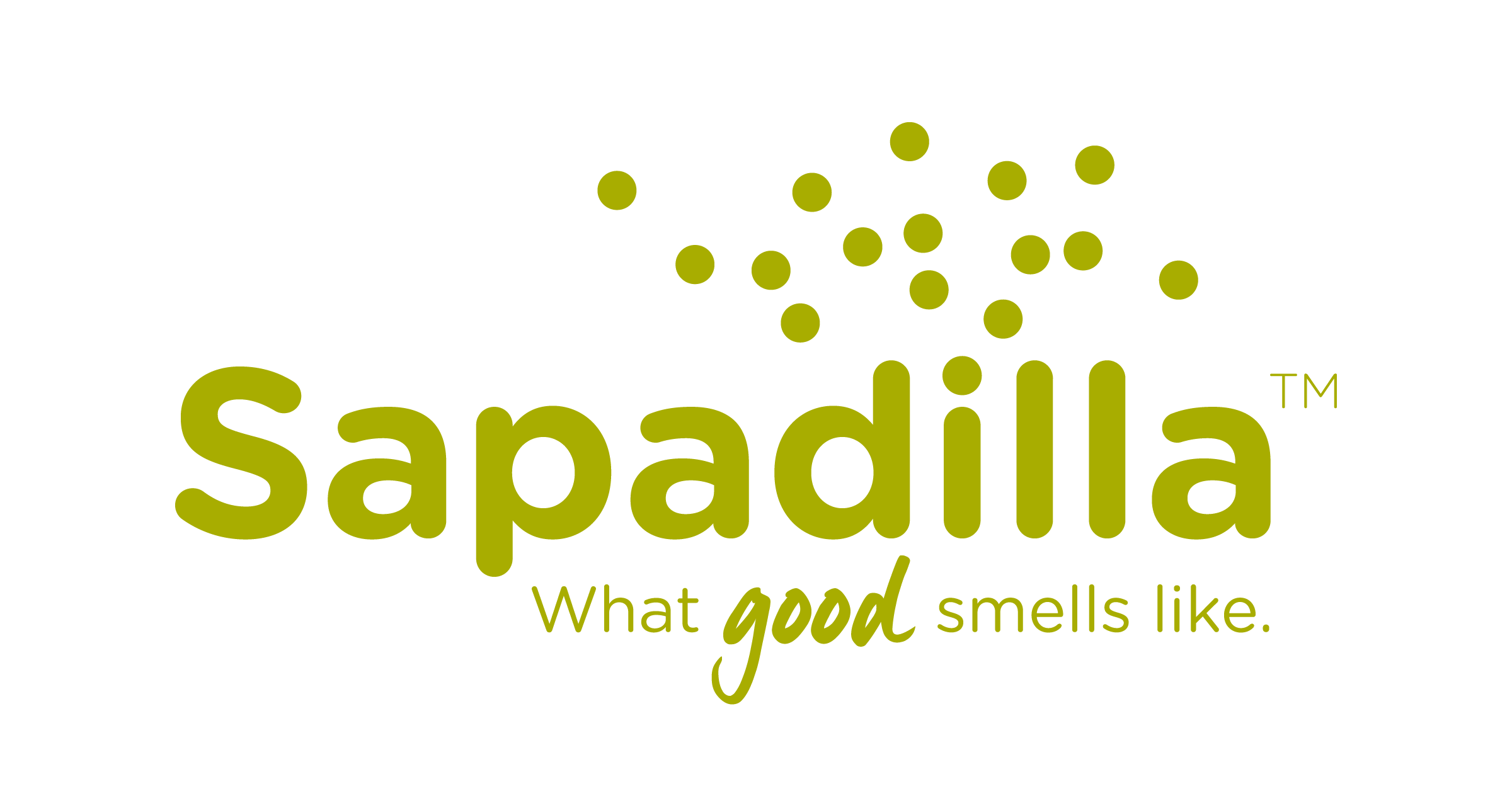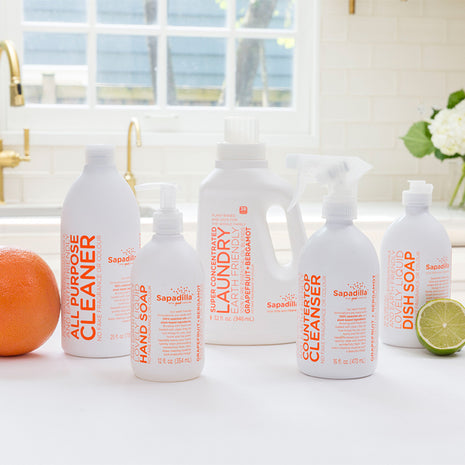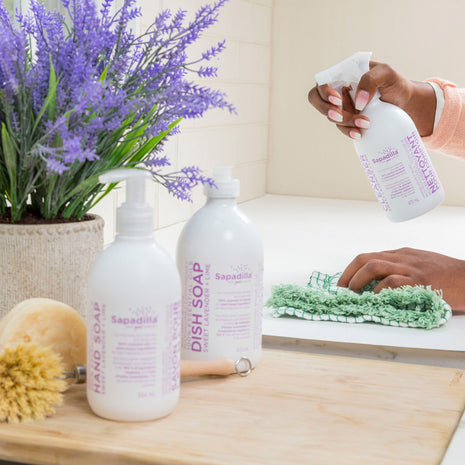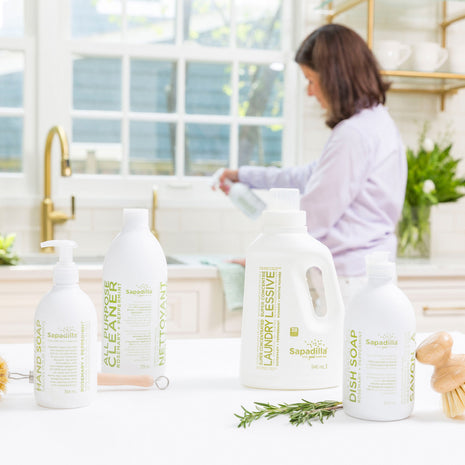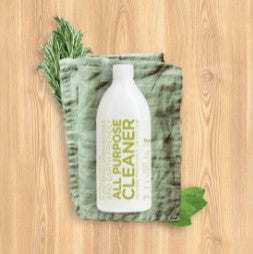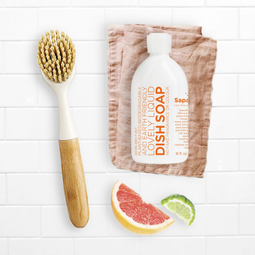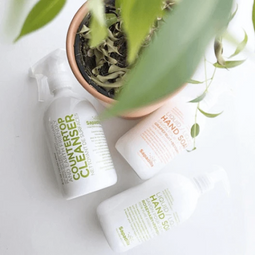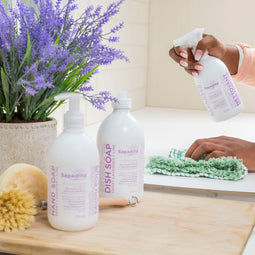When it comes to creating a healthy and clean home environment, essential oils have emerged as a natural and effective solution. But what exactly are essential oils, and how do they benefit our health and homes? Let's delve into the science behind essential oils to understand their benefits better.
What are Essential Oils?
Essential oils are concentrated plant extracts that retain the natural smell and flavor, or "essence," of their source. They are obtained through distillation (via steam and/or water) or mechanical methods, such as cold pressing. Once the aromatic chemicals have been extracted, they are combined with a carrier oil to create a product that's ready for use.
Benefits of Essential Oils for Health
The benefits of essential oils are vast and varied. They have been used for thousands of years in various cultures for medicinal and health purposes. Their uses range from aromatherapy, household cleaning products, personal beauty care, and natural medicine treatments.
1. Aromatherapy: This is perhaps the most well-known use of essential oils. Aromatherapy involves using essential oils to promote a sense of well-being and relaxation. For instance, lavender oil is known for its calming effect, while peppermint oil is reputed to boost energy.
2. Physical Health: Some essential oils have physical health benefits too. For example, tea tree oil has antimicrobial properties and can be used to treat a variety of skin conditions, including acne and dandruff.
3. Mental Health: Essential oils can also support mental health. Research has shown that certain oils like lavender and chamomile can help with anxiety and depression.
Essential Oils for Cleaning
In addition to their health benefits, essential oils can be powerful allies in keeping our homes clean and fresh. Here's how:
1. Natural Disinfectants: Many essential oils, such as tea tree, eucalyptus, and lemon, have natural disinfectant properties. They can be used in homemade cleaning sprays to kill germs on surfaces around the home.
2. Air Fresheners: Essential oils can be used to naturally scent the air in your home, avoiding the artificial chemicals found in many commercial air fresheners. Try diffusing lavender oil in your living room for a calming aroma, or peppermint in your home office to help maintain focus.
3. Stain Removers: Some essential oils, like lemon, can help remove stubborn stains due to their natural solvents.
The Science Behind Essential Oils
The benefits of essential oils come from their chemical components. Each essential oil has a unique set of chemical constituents that give it its aroma and health benefits. For example, the calming effect of lavender oil comes from components like linalool and linalyl acetate.
When we inhale the aroma of an essential oil, the scent molecules travel up our nose where they interact with our olfactory system, influencing our limbic system, the part of the brain responsible for emotions, behaviors, and memory.
In terms of their cleaning power, the antimicrobial properties of certain essential oils come from components like terpenes, which are effective against many bacteria and fungi.
Conclusion
Essential oils offer a natural and effective way to maintain a clean home and support our health. Whether you're using them for their aromatic qualities, their cleaning power, or their health benefits, these potent plant extracts bring the power of nature into our homes.
Remember, while essential oils are natural, they are also potent, and they should be used with care. Always follow the instructions for use, and consult a healthcare professional if you're considering using essential oils for a health condition.
Try our plant-based Sapadilla soaps and cleaners made with 100% pure essential oils. You'll smell the difference and notice the difference in your cleaning. We have three essential oil based scents: Grapefruit + Bergamot, Rosemary + Peppermint, and Sweet Lavender + Lime.
References
Ali, B., Al-Wabel, N. A., Shams, S., Ahamad, A., Khan, S. A., & Anwar, F. (2015). Essential oils used in aromatherapy: A systemic review. Asian Pacific Journal of Tropical Biomedicine, 5(8), 601-611. Link
Orchard, A., & van Vuuren, S. (2017). Commercial Essential Oils as Potential Antimicrobials to Treat Skin Diseases. Evidence-Based Complementary and Alternative Medicine, 2017. Link
Sánchez-Vidaña, D. I., Ngai, S. P., He, W., Chow, J. K., Lau, B. W., & Tsang, H. W. (2017). The Effectiveness of Aromatherapy for Depressive Symptoms: A Systematic Review. Evidence-Based Complementary and Alternative Medicine, 2017. Link
Bakkali, F., Averbeck, S., Averbeck, D., & Idaomar, M. (2008). Biological effects of essential oils – A review. Food and Chemical Toxicology, 46(2), 446-475. Link
Hammer, K. A., Carson, C. F., & Riley, T. V. (1999). Antimicrobial activity of essential oils and other plant extracts. Journal of Applied Microbiology, 86(6), 985-990. Link
